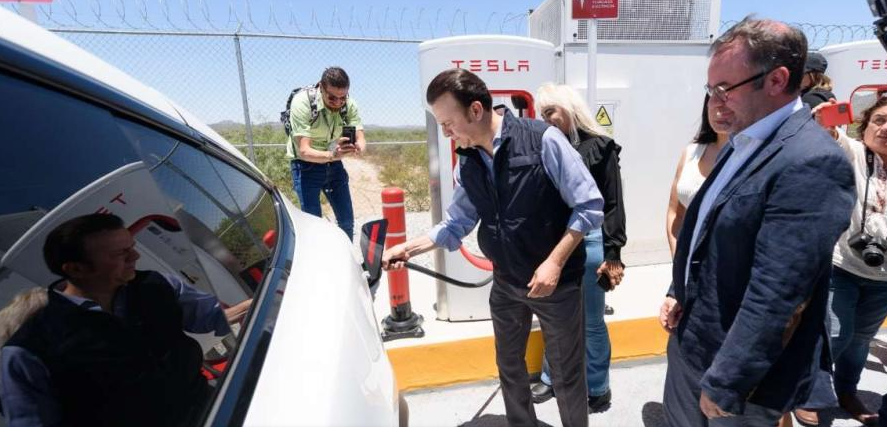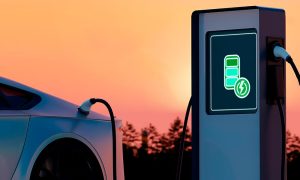Tesla‘s arrival in Mexico is beginning to generate impact and activities that promote electromobility in the country.
Specifically in the region of Durango, the Chancellery and representatives of the company headed by Elon Musk carried out the first “symbolic recharge”.
Tesla‘s strategy in Mexico includes Durango as part of the company’s corridor, recognizing the safety of the state and its interconnection with other states and countries.
With this Tesla Supercharger, Durango is showcased as a development pillar for the massification of electric mobility and an incentive for private sector investments that will make the state grow economically.
Read also: Electric Mobility Plan in Paraguay Aims to Improve Air Quality
Public-private Partnership
The Governor of Durango, Esteban Villegas Villarreal, pointed out that the charging center, together with the one located in Torreón, Durango and another one in Mazatlán, represents an additional attraction for visitors from all over the world, since they will have the opportunity to recharge their vehicles in the state and also get to know it.
“Cuencamé becomes the center of Mexico,” said Eugenio Grandio, Tesla’s Market Director in Mexico, when he announced that Tesla’s CEO, Elon Musk, instructed Durango to be part of the company’s northern corridor of the country.
This new charging center has the advantage of providing an energy supply service in 15 to 20 minutes, compared to others that last up to eight hours. These attributes make it a user experience.
The approximate autonomy after charging ranges between 400 and 600 kilometers, depending on the car model and battery. The cost of recharging varies depending on the capacity of the batteries, but a 50% reduction is estimated.
A large factory
At the end of February, Tesla CEO Elon Musk offered glimpses of what would be the company’s future plant in Mexico.
“It will be in Mexico, near Monterrey. And I want to emphasize that we will continue to expand production at all of our existing plants.”
The approximate investment will be $5 billion and could generate up to 6,000 jobs.



